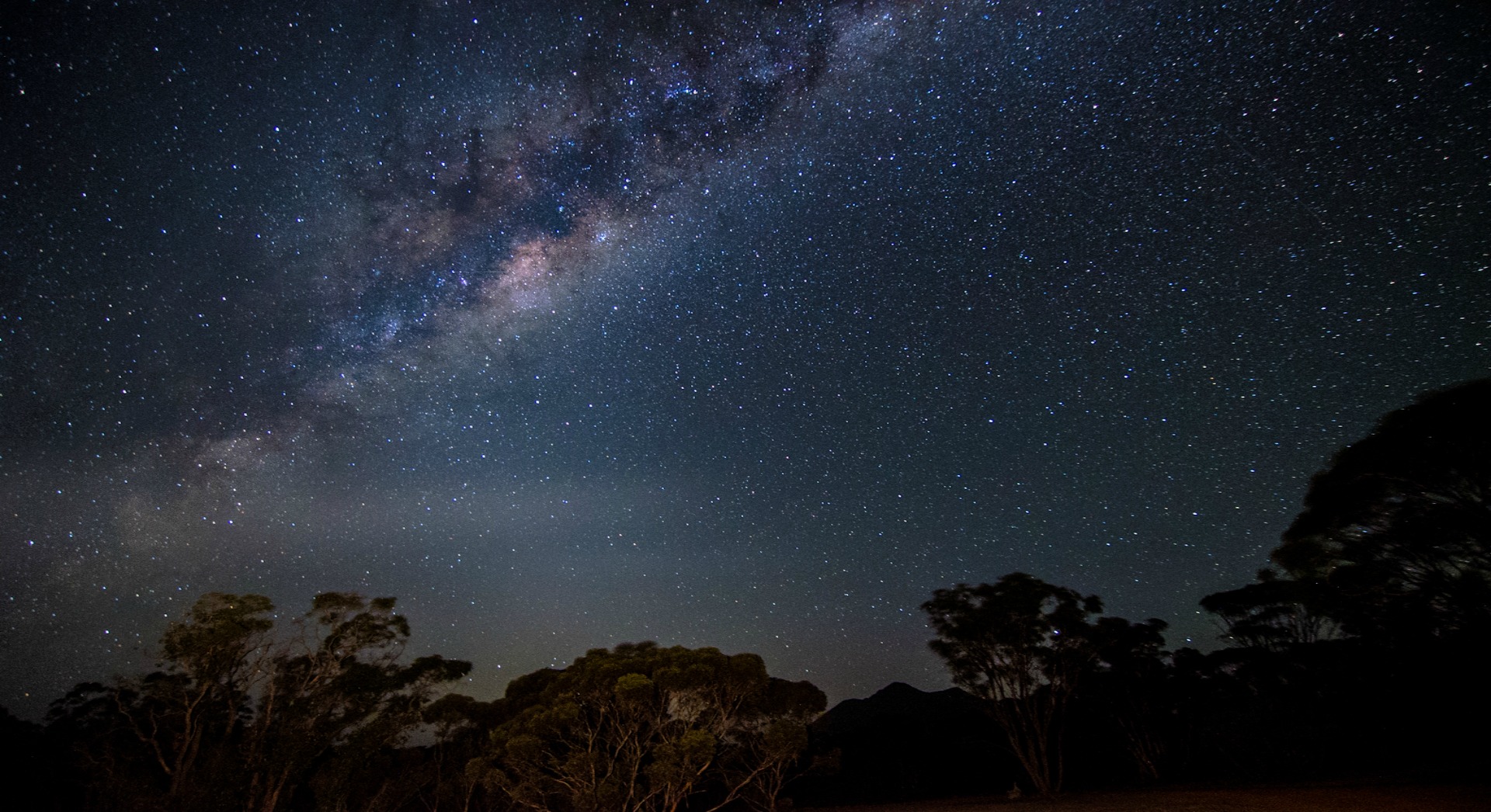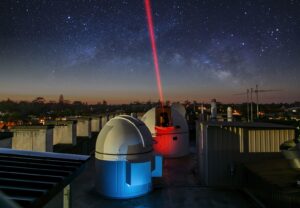There’s a lot of information to take in and when you’re not used to astronomy terms and lingo, you don’t quite know what to think or who to believe.
“Galaxy Girl” to the rescue!
If you’re a beginner, read on and I’ll give you 7 easy tips to help you understand the lingo, know what to look for and know the questions to ask so that you buy the perfect telescope for you.
1. DON’T GET TEMPTED BY CLAIMS OF MAGNIFICATION
Some telescopes come with claims of high power and huge magnification. Let’s demystify magnification when it comes to telescopes.
Magnification is the number of times greater in size an object appears when viewed through a telescope. If magnification is 100, the object will appear 100 times larger. Remember, though, objects that are further away (like planets and stars) will appear smaller than those closer to you (like the Moon) even though the magnification is the same. Magnification of the image changes when you use different sized telescope eyepieces in your telescope.
Lingo alert. Magnification = how many times larger an object appears when viewed through a telescope.
2. DOES SIZE MATTER?
Funnily enough, telescopes are one product where size does matter! It’s not how long the telescope is, but how big the diameter of the telescope’s mirror is that’s important. The larger the diameter of the primary mirror, the larger the telescope’s aperture or opening will be and the more light collecting power you have. This means the image you can produce will be brighter and sharper when you increase magnification by using a different sized eyepiece.
Lingo alert. Aperture = the size of opening of a telescope that allows light to be collected onto the primary mirror.
3. SOLID TRIPOD
Telescopes always sit on a tripod or a base of some sort. A solid tripod or base is always an advantage. Many telescopes come with very light, flimsy tripods that move easily when bumped or when a light breeze catches the telescope tube. It makes the image in the telescope shake which makes viewing more difficult. The image may be lost altogether if the tripod is easily bumped out of position.
4. GOOD FINDER SCOPE OR RED DOT FINDER
When buying a telescope, make sure it has a good finder scope or red dot finder attached. This makes it so much easier to pinpoint objects in the night sky. The finder scope is the smaller piece of equipment that sits on top of and parallel with the telescope tube.
When you look through some finder scopes you’ll see an infrared dot which helps line up your target object. Others have cross hair markings. Another type of infrared finder called a Telrad has an infrared bullseye ring to help you pinpoint your telescope to an object in the night sky.
Some finder scopes or red dot finders can be very frustrating. They can be tricky to align with the telescope tube, hard to look through, might not have solid fixings to attach it to the telescope or are just plain fiddly and difficult to use.
Lingo alert. Finder scope or red dot finder = the piece of equipment that sits on top of the telescope tube. It has a wider field of view and should be in line with the telescope tube to make it easy to pinpoint objects in the night sky.

5. PORTABILITY
Astronomers have been known to succumb to “aperture fever”. Always wanting the next size up! Be wary when it comes to size! Remember, the larger the aperture, the larger the telescope. Large telescopes can be time-consuming to load into the car, set up and pack up. When you’re deciding on a telescope, think about your convenience as well. Will it be easy to carry and load into the car? Will it be too heavy? How long do you want to spend setting up the telescope? Is it relatively simple to pack away?
6. TRY TO BUY FROM A SPECIALIST TELESCOPE RETAILER
The person who is selling you the telescope is an important part of making your decision. Someone who has expert knowledge with relevant training on how to use telescopes is going to be able to help you much more than someone who hasn’t had training or doesn’t specialise.
Second-hand telescopes can be a great option to save some money. A lot of people who buy low end telescopes get frustrated because they are hard to use, so best to avoid buying these. But if it’s cheap enough, it’s a good insight into what not to buy later on down the track!
If you’re thinking of buying a second-hand telescope, make sure you do your research first and figure out roughly what type of telescope you’d like to buy. Then keep an eye on your favourite website or newspaper.
7. START WITH BINOCULARS
If you’re still worried about buying a telescope and are not quite sure, a pair of binoculars is a great way to start. It’s amazing how much you can see just by using binoculars. Amateur astronomers often say that if your budget is less than $200, buy a pair of good binoculars instead of a telescope!
This article was originally published by Galaxy Girl, Carol Redford, on the Stargazers Club WA website.







